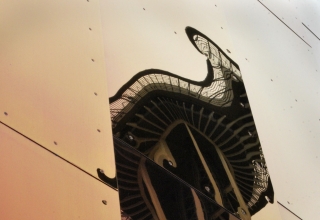
Take time to find a fitting name for the future your client wants to live and work in. Why is the label important? Whether it is “work-life balance” or “work-life integration,” the term of reference shapes one’s mindset—and the behaviors that follow. For example, if you are striving for work-life balance, your mind may envision a see-saw; you will be thinking of strategies to equalize your time at home and your time at work. Whereas, when thinking about “work-life integration” your strategies may be focused on overlapping, or blending activities together.
Before you begin exploring how to manage work-life tensions, help your client choose a new label, and even a visual image. Work with your client to create a new mindset towards work-life. Then, using that mindset as a north star, encourage them to explore strategies to make it a reality.
Coaching Tips – Keep in Mind
- Several factors are likely to influence orientation toward and view of “work-life.” For example, consider how a client’s gender, industry, race, career ambition, and socioeconomic status will influence the vision.
- Recognize what your client experienced growing up—including what they observed in their own parents and caregivers and what current events influenced them most.
During our conference session, we brainstormed about the future of work-life. The theme of “purpose” was the most prominent that surfaced. The group identified several new labels for the term “work-life” in the future, including:
- Purposeful Living
- Life-Work (emphasis on life)
- Organic Lifestyle
- Holistic
2020 and beyond | Purposeful Life and Work
With trends such as shared workplaces (shared workspaces have grown by 200% over the past five years.6) wellness programs, and benefits to support the whole person, today’s workplace is in many ways the most authentic—while also the most demanding. It is also physically harmful, as we are just now beginning to study the long-term effects of a sedentary workday. Today’s approach to life and work has evolved based on our learning from the previous versions.
Keeping in mind these potential new terms to describe work-life in the future, in our session we continued to brainstorm about the upsides (what we are hopeful to see in the next 20+ years) and the downsides (what we are worried could happen).
Upsides: Life with purpose. Value all work. Conscious capitalism. Mutual support. Employers are increasingly aware that productivity requires well-rested and happy employees, not just more hours. More companies are moving towards four-day work weeks and mandatory vacation.7 More flexible gender roles enable individuals and families to make decisions that work for them.
Downsides: There’s a great deal of uncertainty as each workplace and individual tries to customize their approach. This uncertainty and surplus of options can create a new kind of stress. Focus on individual preferences and lost sense of team. We also recognized that there may be a downside to self-actualization and purposeful living. That is, what happens if we have a natural disaster, and after years of over-focusing on purpose, our practical skills atrophy—to the point where we no longer know how to grow our own food or have basic survival skills?
Download Article














